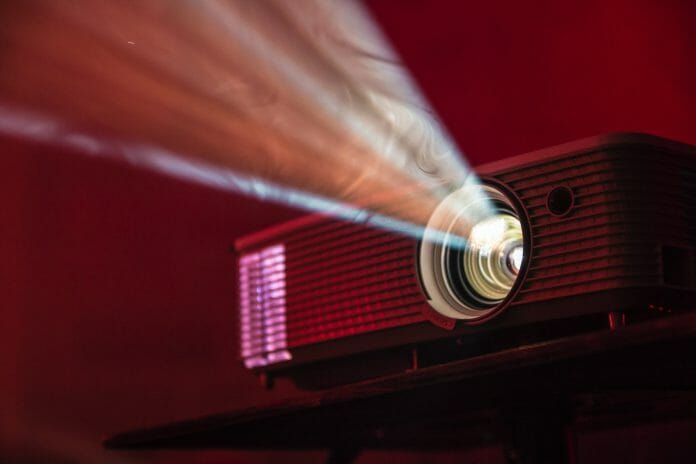Today, technology is rewriting operating models across all sectors, but perhaps the retail industry has felt a stronger and faster shift than others. Consumers’ changing behaviours and shopping preferences has reshaped the retail landscape retailers who fail to catch up with the speed of change have no choice but to suffer the fate of physical stores closure.
While getting online is no doubt the way forward, an interesting research from First Insight found that consumers spend significantly more per visit in-store than online. Given this insight, retailers are now posed with a new challenge: how can they increase in-store traffic in an increasingly digital world?
Technologies are changing fast with time – however, there are some forms that stand the test of time. Projection is one. In today’s shopping landscape, every element of the retail experience plays a critical role in capturing customers’ attention. Projector innovation is changing the way retailers can reimagine in-store experience and space utilisation, from adding immersive visual arts, illuminations to interactive features; the options are aplenty to bring store experiences to life.
Leveraging the positive in-store experience created, retailers are more likely to engage successfully with customers, driving sales, and standing out from competitions.
There are four reasons why projection technology can help create new experiences in the retail market, even in the current challenging time:
- Fully customisable image size – go bigger and clearer
Unlike TVs, projectors are not restricted to one image size. Depending on the required outcome, projectors allow for high-quality images to be projected on to any surface, at any size. Given the scalability of the projected image size, this is a great opportunity for retailers to explore how they can create big, life-sized marketing visuals that will attract attention from far. Now that everyone needs to keep their physical distance, it doesn’t hurt for brands to go bigger and clearer with their campaigns and promotions to ensure they reach the targeted audience effectively.
- Immersive shopping experience with projection mapping and interactivity
To completely blame Covid-19 for the downfall of physical retail would be a biased statement – the industry have long been in limbo after the introduction of e-commerce. Similar to the convenient and holistic experience that online shopping offers, retail stores will need more creative ways to create a unique and immersive experience that will drive people back to the stores. Social media strategist Alba Chiara Di Bari notes that projection mapping can draw people into physical stores in a world that’s gone digital. That’s because projection mapping offers the exciting, engaging and informative experience that today’s shoppers are looking for. For example, a shoe brand may allow runners to select their terrain of preference and a pre-recorded video can be projected onto the walls and floor, along with real-time workout data, to virtually transport the runner into another world.
- Highly flexible, unrestricted by space and location
Many may think that a projector installation will take up a lot of space and poses many restrictions – that’s an inaccurate assumption. Projectors today come in different sizes, offering a wide variants of installation flexibility and are no longer restrictive on placement. The availability of newer ultra-short-throw projector technology also allow images to be projected at less than a metre, and can be produced up to and exceeding 100 inches. They are also becoming more convenient to use – often comes with built-in connectivity options to receive content wirelessly or even run a playlist from an SD card. Simply put, projectors have become a valuable tool for brands to engage and entertain customers as well as creating a deeper connection with them with their unique product stories and displays.
- Value for money – actually cheaper than a TV
The biggest battle of choice would be between a TV and a projector. While the initial investment may seem high, a projector generally has a lower total cost of ownership compared to TV in the long run, taking into consideration the maintenance and usage cost. With the availability of maintenance-free laser light source projectors, projectors have lower to no maintenance costs and a longer lifespan. On average a laser light source provides 20,000 hours of life – this equates to it being on for eight hours a day, five days a week for 50 weeks of the year lasting ten years[1].
For brick and mortar stores to co-exist with technology, there is a need to integrate both to create a new, one-of-a-kind experience. By leveraging visual technology to enhance in-store shopping experience, retailers can now entice more shoppers to visit in-store, in a controlled manner, to drive sales, loyalty, and brand experience.
Epson, a global leader in projection technology, carries a wide range of 3LCD projectors that are suitable for commercial and signboard usage.









